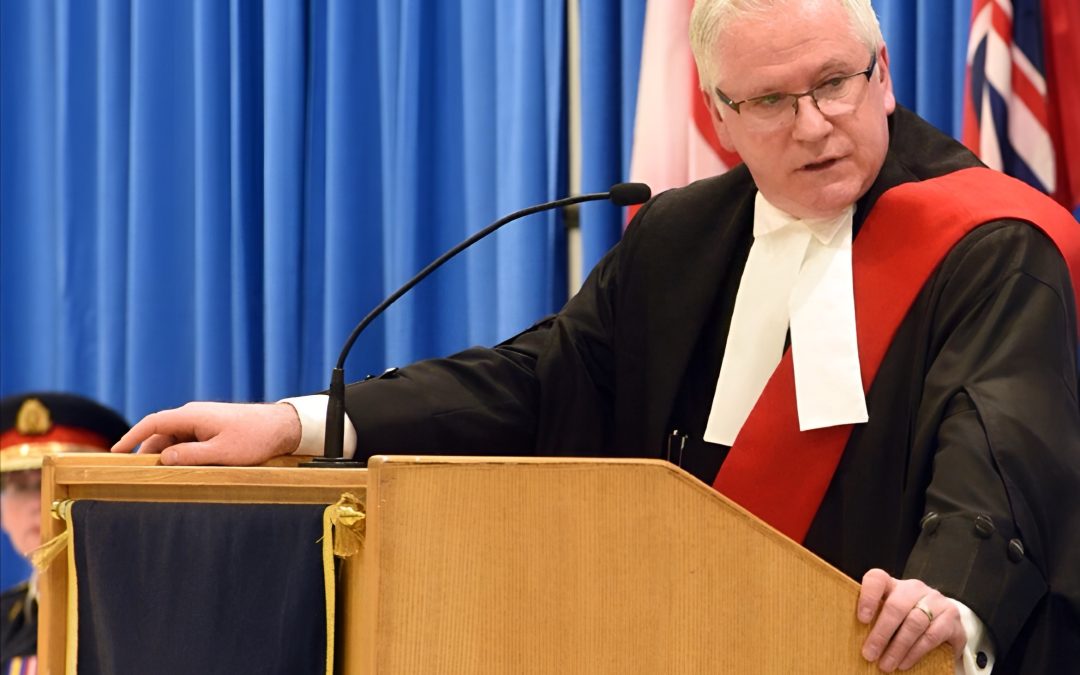In December 2023, Akashkumar Khant, a 30 year old permanent resident from Gujarat, India, was arrested in Mississauga, Ontario, after attempting to pay $140 for sexual services from someone he believed was a 15 year old girl. The meeting, arranged at a Holiday Inn, was a sting operation by Peel Regional Police, who apprehended him with cash in hand when he met an undercover officer instead. Initially charged with purchasing sexual services from a person under 18, an offense carrying a mandatory six month jail sentence under the Canadian Criminal Code, Khant faced serious consequences. However, on June 25, 2025, Justice Paul Thomas O Marra of the Ontario Court of Justice handed down a conditional discharge, allowing Khant to avoid a criminal record entirely. This decision, influenced heavily by Khant’s immigration status and a plea to a lesser charge, has sparked intense criticism for its leniency and raised serious questions about O Marra’s judicial judgment.
Khant, who moved to Canada in 2019 for engineering studies, completed his graduate program in 2021 and gained permanent residency in 2023, the same year he married. His wife, on a temporary visa expiring in September 2025, depended on his ability to sponsor her residency. The original charge could have derailed his citizenship application, delayed by four years with a conviction, and threatened his engineering license. A recent Ontario Court of Appeal ruling had declared the mandatory minimum for the original charge unconstitutional, opening the door for a plea deal. Khant admitted guilt to attempting an indecent act, a lesser offense with a maximum of two years imprisonment. The Crown sought 90 days in jail, but O Marra opted for three months of house arrest, permitting three hours of Sunday shopping, religious services, medical appointments, and work commutes, followed by 12 months of probation. This outcome ensured no criminal record, provided Khant complied with the terms.
O Marra’s reasoning hinged on Khant’s lack of prior convictions and the disproportionate impact a conviction would have on his immigration status compared to a Canadian citizen. He explicitly cited the potential harm to Khant’s citizenship prospects and his wife’s residency, prioritizing these over the gravity of attempting to exploit a minor. This decision aligns with O Marra’s judicial history, which includes dismissing a Brampton drug trafficking case in 2016 due to prosecutorial delays, as reported by The Toronto Star. In that instance, he criticized the Crown’s office for violating the accused’s right to a timely trial, revealing a pattern of favoring procedural or situational factors over strict punishment. His approach in Khant’s case, however, has drawn accusations of undermining justice, with critics arguing that immigration consequences should not outweigh the seriousness of the offense.
Public reaction, particularly on platforms like X, has been scathing. Posts from July 15, 2025, including one from Maxime Bernier, condemned the ruling as evidence of a broken system, questioning why a permanent resident’s citizenship concerns trumped accountability for targeting a minor. Others, like Jamie Sarkonak, echoed this sentiment, arguing the sentence prioritized Khant’s personal circumstances over public safety. The controversy highlights a perceived double standard, with many questioning whether a Canadian citizen would have received similar leniency. The provincial government has until after July 25, 2025, to decide on an appeal, but no statement has been issued, leaving the ruling’s finality uncertain.
O Marra’s decision reflects a troubling exercise of judicial discretion, where immigration status and a first time offense overshadowed the intent to commit a serious crime against a minor. His history of dismissing cases, like the 2016 drug case, suggests a tendency to prioritize technicalities or individual circumstances, even when public trust in the justice system is at stake. Khant’s conditional discharge, while legally permissible, has fueled distrust, exposing flaws in a system where a judge’s interpretation can seemingly dilute accountability for egregious acts. The case stands as a stark example of judicial leniency clashing with societal expectations of justice.


